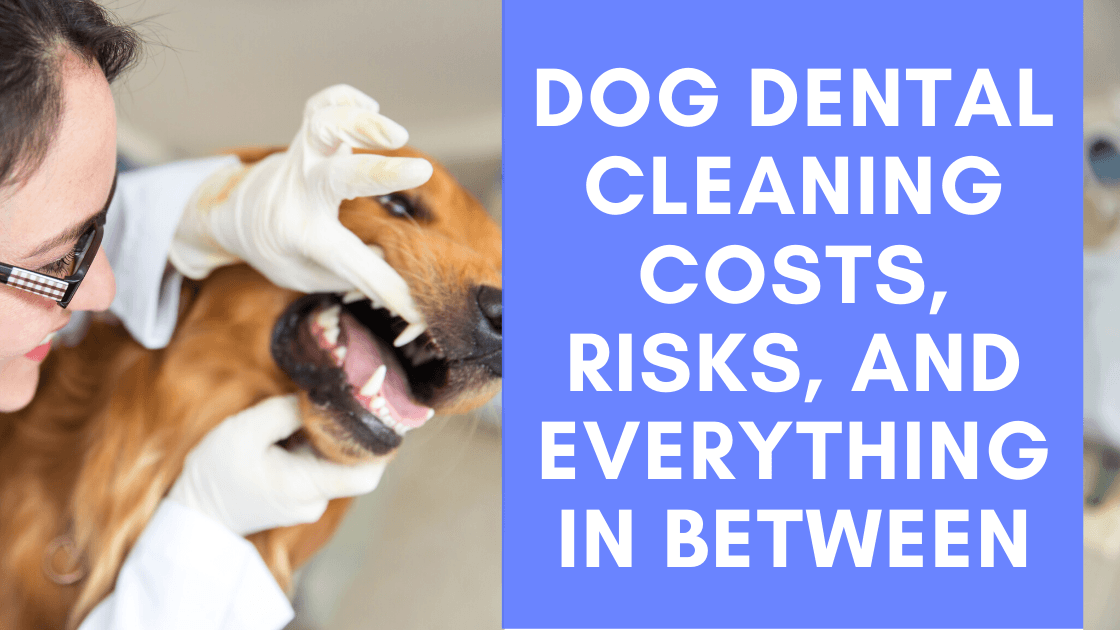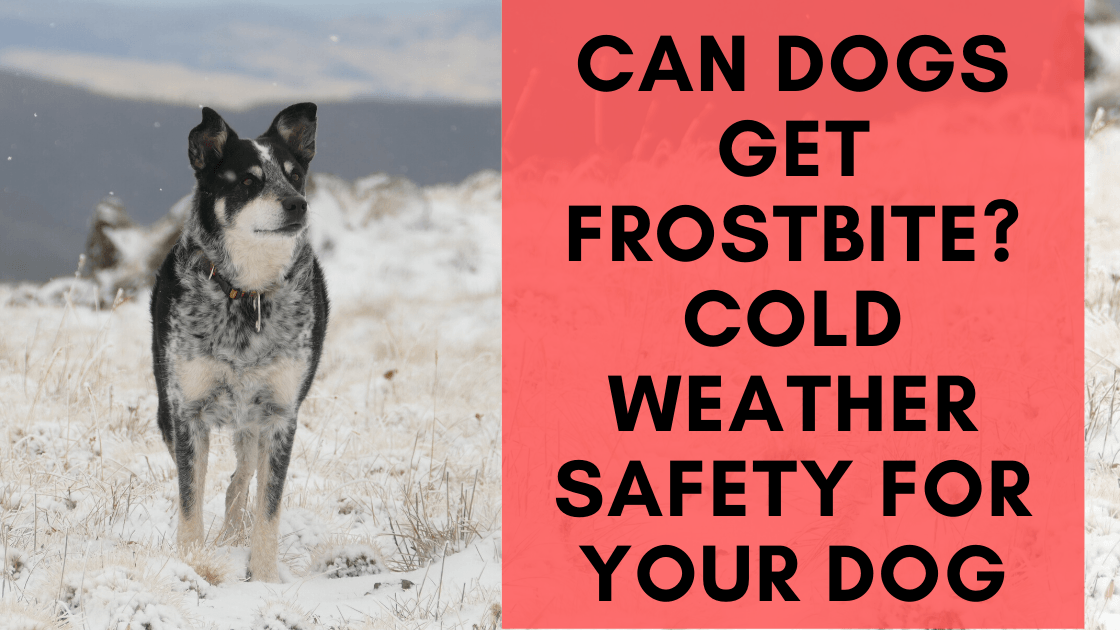The New Year is right around the corner, which leads to many of us making resolutions to get healthier and lose weight. Have you taken a look at Fido recently? If you’ve found yourself thinking, my dog is overweight, but haven’t made any steps to help them get healthier, now’s a great time!
Eating well, exercise, and being at a healthy weight will help your dog live a longer and more comfortable life. Excess weight can put pressure on their joints and increase the risk of diseases like diabetes.
Luckily, with commitment, consistency, and time, you can get your dog back to a healthy weight range. The key to helping your dog lose weight will involve reduced caloric consumption and increased exercise.
Here we’ll discuss dog weight loss tips and answer other relevant questions like, How much should I feed my dog? and How much exercise does a dog need every day?
How to tell if my dog is overweight?
You may have suspected that your dog put on a few pounds recently. For many owners, the confirmation that their dog is overweight is their annual vet visit. Fido steps on the scale and the number is a lot higher than it was last year.
If you don’t have vet visit coming up, here are some ways to tell if your dog is overweight:
- Consult the scale and breed standards: the most effective way to tell if your dog is overweight is to weigh them on a scale designed for dogs and large animals. Many vet offices are happy for you to drop in for a free weight check. Some pet food supply stores and groomers also offer free scale use. Now, take that number and see how it compares to breed standards. If your dog is 5% or more above the recommended weight for their breed, they may be considered overweight (source).
- Look at your dog from above: When you look down at your dog from above you should see a clear waist definition. Your dog’s body should look like an hourglass shape. If you cannot see a defined waist, a weight loss plan is probably needed.
- Look at your dog from the side: When you look at your dog from the side, their belly should be higher up than their chest. You should not see a swaying or sagging waist or abdomen (source).
- Assess their energy or stamina: If your dog is increasingly less interested in physical activity, their excess weight could be to blame. Additionally, you may notice your dog’s endurance for physical activity is shorter than it used to be. Lastly, you may even notice your dog hesitating to climb the stairs in your home or jump into the car. These all may be signs your dog is carrying too much weight.
- Feel your dog’s ribs: When dogs are at a healthy weight, you should be able to feel their ribs when you run your hands down their sides. If they have too much fat padding to feel the rib bones, they are likely overweight. However, for most breeds, you shouldn’t be able to see the ribs, which can indicate that they are underweight.
How to help my dog lose weight?
Once you’ve determined that, yes, my dog is overweight, it’s time to create a plan! In the US, over 55% of dogs were classified as overweight or obese in 2018 (source). Don’t let your dog fall into this statistic.
Healthy weight loss for dogs involves 3-5% of their starting body weight per month. Let’s learn about the steps you can take to meet that goal.
1. Discuss your dog’s weight with your vet
It’s crucial that you discuss a weight loss plan for your dog with your vet. They will be able to help you assess how much your dog has gained, how much they should lose and how to get it done. Your vet will take your dog’s health history and age into consideration, which are important factors when it comes to safe weight loss.
Furthermore, your vet will ensure there are no underlying health issues. Things like untreated thyroid disorders and Cushing’s syndrome can make it difficult for your dog to lose weight no matter how well you commit to their weight loss plan (source).
2. Don’t overindulge your dog
In many cases, owners are feeding their dog a healthy, recommended amount of dog food every day, but are derailing weight loss (maintenance) by overindulging their dogs with treats and human food.
Dog treats should only make up 5-10% of your dog’s daily caloric intake, but it can be very difficult to figure out how many calories are in your dog’s treats and what the nutritional makeup is. What’s more is that when you are actively training your dog or relying on treats to reward certain behaviors, it can be hard to kick the habit.
Instead, opt for healthy, low-calorie human food treats for your dog. Things like shredded chicken, steamed veggies, and sliced fruit are all perfectly safe for dogs. The benefit is that you know they are very low in calories and high in nutrition.
Take extra measures to avoid unnecessary and unaccounted for human food for your dog. This means no licking the dishes in the dishwasher, no finishing your toddler’s untouched dinner, and avoiding leaving food on the counter when your large dog might snatch it the second you turn your back. I think you get the idea.
All of the little licks and bites of human food your dog gets during the day can really add up and cause the pounds to pack on.
3. Put your dog on a diet
The most important part of any weight loss plan—a diet. The most recommended and effective way to help your dog lose weight is with calorie restriction/smaller portions (source). Veterinarians find this to be a more effective weight loss approach than switching to a lower-calorie or ‘diet’ dog food because these terms are largely unregulated.
Only your vet can help you determine exactly how much to reduce your dog’s food intake. This is because you need to factor in how active they are, their age, and their ideal weight. But most often, vets will recommend reducing their portion size by 25-33% (source).
Remember to take into account other food and calorie sources your dog may be getting. For example, if you know they are getting a large number of table scraps, cutting those completely may mean you don’t need to reduce their kibble intake as drastically.
In our case, our lab was routinely getting half of our Husky’s meals, because she takes more of a grazing approach to eating throughout the day. Once we took measures to keep him away from her food, his daily calories were reduced considerably.
When measuring your dog’s food, it’s recommended to use a small, dry measuring cup. Eye-balling the right amount in a larger scoop often leads to unintentional overfeeding. Instead, switch to a dry ¼ cup measuring cup to help you feed a more precise amount.
How much should I feed my dog?
Thisseemingly simply question doesn’t really have a straight forward answer. One thing that’s certain, you can’t go by the guidelines on the bag. These recommendations are unregulated and are usually based on very active, young-adult, unsprayed/neutered dogs.
This can lead you to overfeeding by 20-30%. What’s more, these companies are in the business of selling dog food, so of course their recommended serving sizes are going to be on the high side ;)
Your vet can help you calculate a recommended daily number of calories. Then you can make a plan of how to hit that calorie number over the course of 2-3 feedings plus treats each day for your day. It’s hard to give one blanket number because there is so much variation in dog breed sizes and activity level.
Pet Obesity Prevention provides a number of helpful weight loss tools, including a chart of approximate recommended daily caloric needs to average indoor dogs that you can consult here.
4. Make their daily exercise count
Although reduced portions are most effective for dog weight loss, increased physical activity is still an important part of the equation. One tip to put into action right away is to get more out of the exercise time your dog already has. This might mean walking a further distance at a brisker pace.
How much exercise does a dog need every day?
If your dog is currently very inactive, start them off slow with three 5-minute walks per day and slowly increase the duration. Ideally, your dog should be getting 1 hour of physical activity every day. This can be in the form of a brisk walk, jog, hike, swim, or game of fetch. Get creative and find a form of exercise for your dog that you enjoy, too. You’ll both benefit!
5. Weigh your dog regularly
Once you start putting your dog’s weight loss plan into action, it’s important to do regular weigh-ins. In the beginning, you should weigh your dog every 2 weeks, then, switch to monthly weigh-ins. This will help you assess if the plan is working. Ideally, your dog will lose 3-5% of their starting body weight every month.
If that number is higher, you may not be feeding your dog enough (or may be exercising too much in relation to feeding). If that weight loss number is lower, you may need to restrict more or add more exercise.
If after a few months their weight isn’t budging, it’s time to have your dog checked for more serious underlying health conditions. Having their hormone levels checked is a great starting point.
Have realistic weight loss goals for your dog
Remember that a healthy weight loss for your dog is going to take time. Commitment over many months is going to lead your dog to a healthier weight which will lead to a longer and happier life for your canine friend.
Looking for more dog food related articles? Check out:



